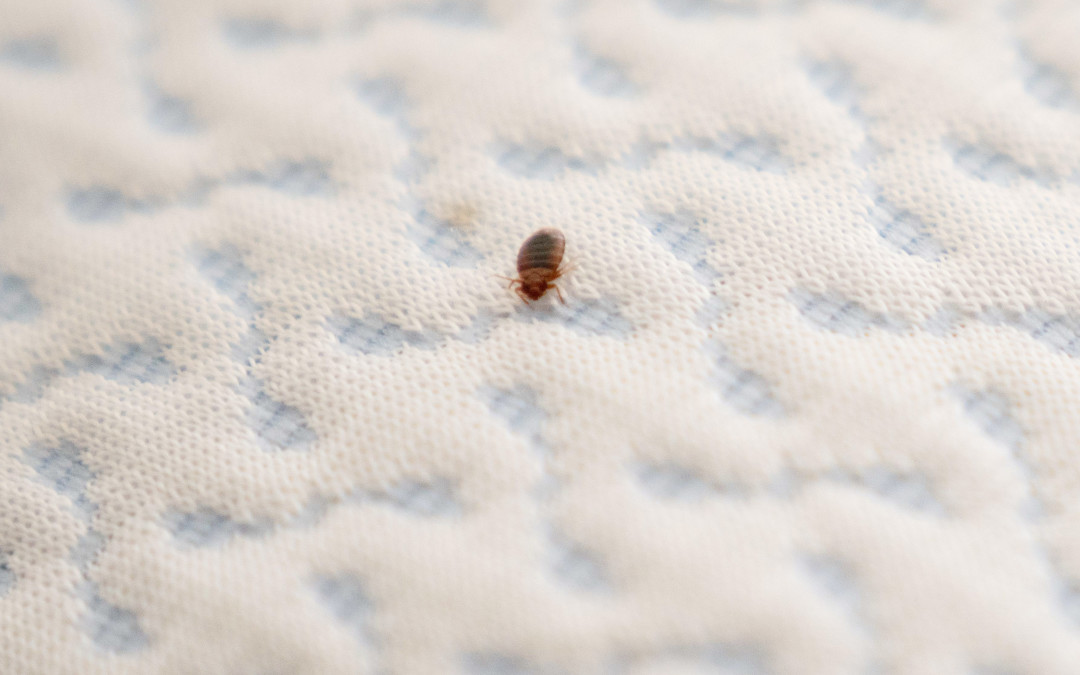Today, Cimex lectularius, or “bed bugs,” as they are more commonly known, are one of the most prevalent indoor insect pests in the world. However, less than 40 years ago, their close relative, Cimex pilosellus, was the most common bloodsucking Cimex pest species within US homes. C. pilosellus, or “bat bugs,” are very similar in appearance to bed bugs, and they feed primarily on the blood of bats, but they will not hesitate to collect human blood-meals when the opportunity presents itself. Bat bugs become exposed to interior living spaces after their bat hosts establish roosting colonies within hard-to-access indoor areas like attics, chimneys and wall voids. Individual bat bugs establish harborages within narrow wall-cracks that are always located near bat roosts where the pests can feed on bat blood as needed. Once bats abandon an indoor roost, bat bugs begin to enter interior living spaces in search of new blood-hosts. Bat bugs also invade homes from outside roosts on occasion. For example, one particular infestation case saw bat bugs migrate into the interior living spaces of a home from a bat roost that had become established between the structure’s siding and a window shudder.
After indoor bat bugs succeed in securing a human blood host, the bugs proliferate and spread in order to establish harborages on mattresses, bedding and furniture where they can gain quick access to blood meals after humans fall asleep. In other words, bat bugs are nearly identical to bed bugs in terms of infestation behaviors, but they are controlled in very different ways. In order to effectively eliminate bat bug infestations, pest control professionals first remove all bats and their roosts from indoor areas. Secondly, residual insecticides are applied to areas where indoor roosting sites were located, with special attention paid to cracks, crevices and all potential bat bug harborage sites. Insecticidal dusts are applied within inaccessible indoor areas where bat bugs are known to be active, such as wall voids, tight attic spaces, chimneys, and beneath floorboards. Lastly, correcting loose or damaged window screens, installing door sweeps, placing mesh screen barriers over chimney and attic entrances, and sealing cracks, crevices and other entry points on the exterior walls of homes will help to prevent bat bug infestations.
Have you ever woken up in the morning with fresh and itchy bug bites?

